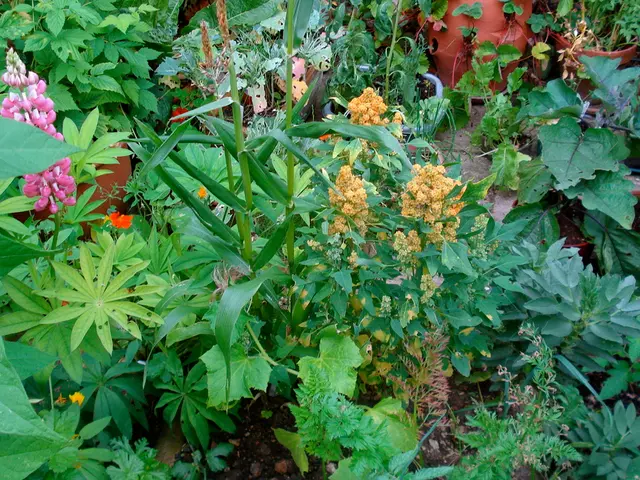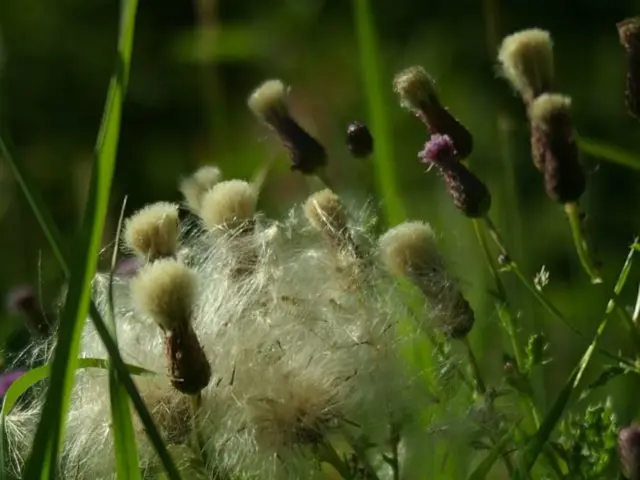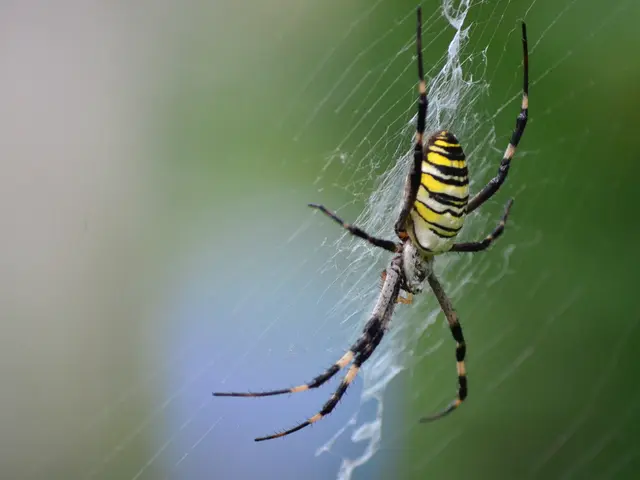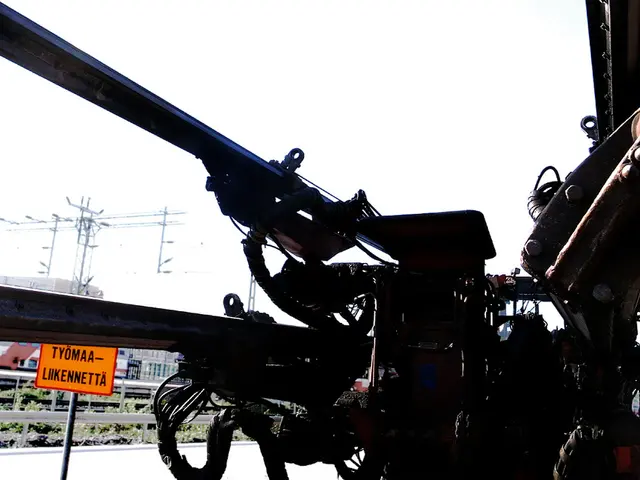Shifting Flora Move Northwards with Climate Variations - Implications for Horticulturists
Climate change is driving significant shifts in the movement of plant species worldwide, altering both natural ecosystems and human-managed environments such as gardens. As global temperatures rise and weather patterns become more variable, many plants are migrating to new locations in search of more suitable habitats.
### The Impact of Climate Change on Plant Migration
Rising temperatures are speeding up growth rates for some species while pushing others out of their traditional ranges due to increasingly hot and dry conditions. Altered precipitation patterns are making some areas less hospitable, forcing plants to migrate to regions with compatible moisture levels. Extreme weather events, such as droughts, storms, and heatwaves, are also causing disruptions to plant populations, prompting shifts in distribution.
Some plants are migrating longer distances to maintain consistent climate niches during rapid climate changes, providing them with a better chance of survival than less mobile species.
### Implications for Biodiversity
As plants move, the delicate web of ecological relationships can be disrupted, threatening the stability of ecosystems and increasing risks of species extinction. Species unable to migrate or adapt fast enough face higher extinction risks, leading to a loss of biodiversity. Shifts in plant distributions can also diminish ecosystem services like food production, medicine, and natural disaster protection, which humans rely on.
### Implications for Gardeners
Gardeners may find that traditional local plants become harder to grow as growing conditions shift outside their optimal climate zones. On the other hand, species previously unsuited for an area might thrive, offering opportunities to diversify gardens but also risk introducing invasive species. To adapt to the changing climate, gardeners will need to select plants more resilient to new conditions, possibly moving towards drought-tolerant or heat-resilient varieties.
Understanding which species are naturally migrating can help gardeners anticipate and manage changes in local flora. Monitoring migration trends can provide valuable insights for gardeners looking to maintain the health and diversity of their gardens under shifting climatic conditions.
### The Role of Humans in Plant Migration and Climate Change
Humans have a significant impact on both plant migration and climate change. Through collecting plants from different bio-habitats and moving them around the planet, either by babying them in greenhouses or acclimating them to local conditions, humans are influencing plant migration. Modern road systems also hamper the movement of plant species.
During a climatic event, an increase in carbon dioxide raises the Earth's average temperatures, facilitating the movement of plant species to areas previously inhospitable to them. However, some studies indicate that plant species are not migrating fast enough to keep pace with global warming, leading to the loss of certain plant species and ecosystems.
Invasive plants, which can bring diseases that prey on surviving plant species, may become more prevalent as native plant species migrate. Climate change and pests are linked, as the departure of natural predators can lead to an increase in insect populations, to the detriment of existing plant species.
### A Specialist in Culinary Gardening
Amy Grant, a professional chef and caterer with 30 years of gardening experience and 15 years of writing, specializes in culinary gardening. With her expertise, she offers valuable insights on how to adapt gardens to the changing climate while maintaining a focus on delicious and nutritious produce.
For those interested in gardening tips, videos, information, and a free e-book titled "How to Grow Delicious Tomatoes," signing up for a platform newsletter is a great resource.
In conclusion, climate change is a key driver of plant migration with profound consequences for both natural ecosystems and human-managed environments like gardens. It necessitates adaptive strategies to conserve biodiversity and maintain garden viability under shifting climatic conditions.
- To maintain the health and diversity of gardens in the face of changing climates, gardeners might need to shift towards planting species that are more resilient to new conditions, such as drought-tolerant or heat-resilient varieties.
- As plant species migrate to new locations in search of more suitable habitats due to climate change, it could potentially offer opportunities for gardeners to diversify their gardens by introducing new, previously unsuited species. However, this could also increase the risk of introducing invasive species that may harm native plants.
- Amy Grant, a professional chef and caterer with extensive gardening experience, specializes in culinary gardening and offers valuable insights on how to adapt gardens to the changing climate while focusing on delicious and nutritious produce. Her free e-book titled "How to Grow Delicious Tomatoes" could be a useful resource for those interested in gardening tips.








